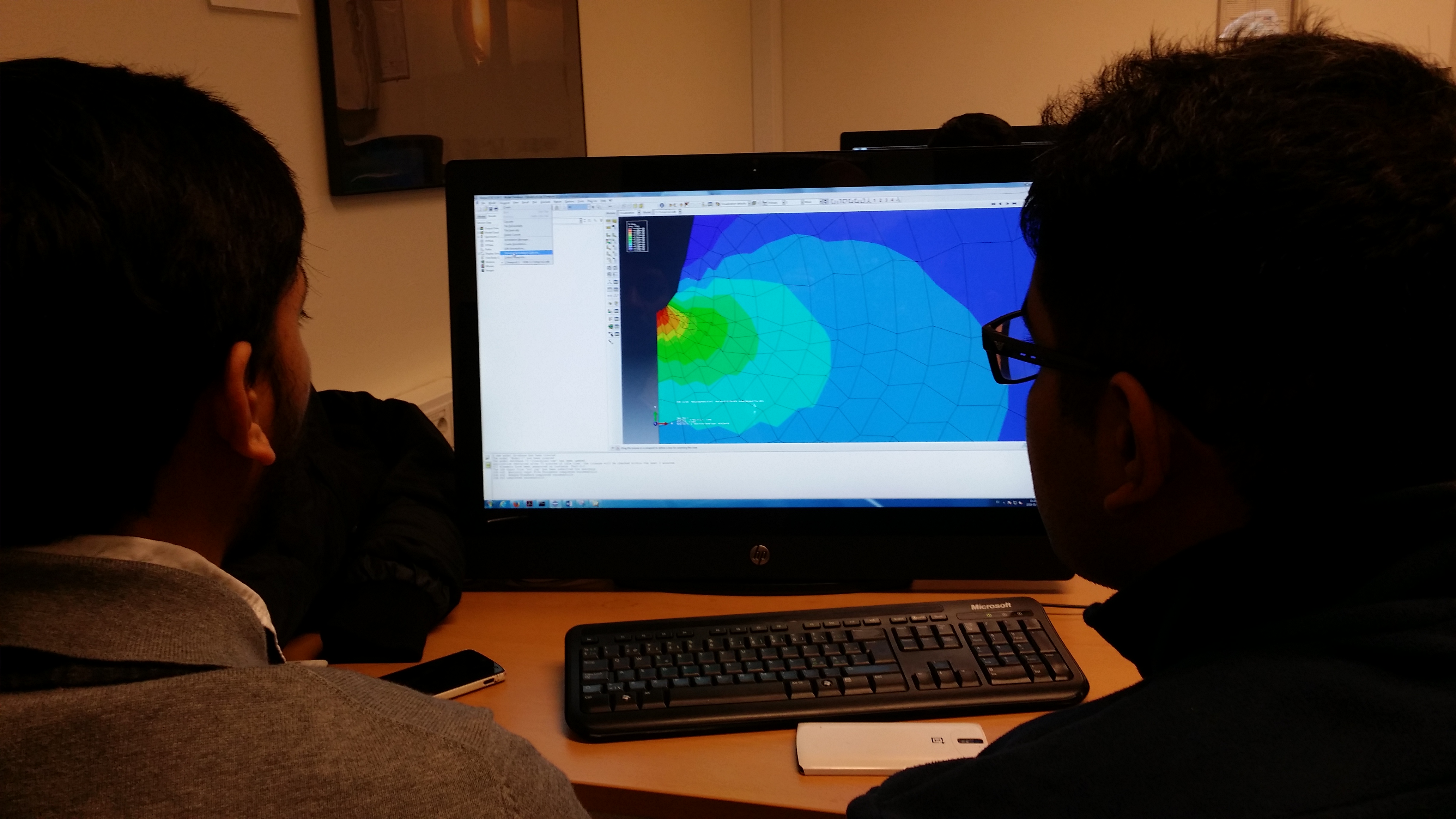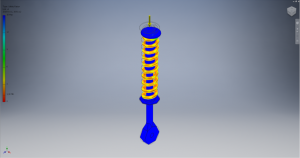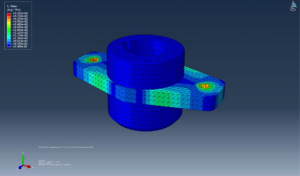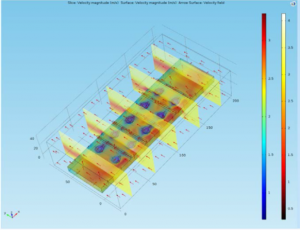
Focus on optimal designs
- Post by: Johan Wall
- 25th January 2016
- No Comment
Modelling and simulation is today a natural part of engineering design in businesses of all types and sizes. However, transition from simulation as primary a tool for verifying solutions that are already decided upon towards use of simulation to stimulate creation of new concepts and provide guidance towards more optimized designs, especially in early development stages is a crucial although difficult one. The latter is referred to as simulation-driven design and is taught in the course Optimization/Simulation-driven design at Blekinge Tekniska Högkola.
The aim of the course is provide the students with a “toolbox” containing the following three main parts:
- Optimization: Basic theory of design optimization, optimization algorithms and usage of optimization software.
- Simulation process automation: Setup and manage chained simulation process flows containing several different software packages.
- Design exploration: Conduct simulation experiments with a focus on design of experiments and meta-/surrogate modelling.
Projects 2015
All students conduct a final project representing a real design problem. Johan Pilthammar looked at a stamping operation (sheet metal forming). The project aims at optimizing of the pressure distribution on the blank holder by adjusting the geometry of the tool.
Oscar Andersson, Anqi Lu and Baiyi Song studied the dynamic behavior of a car. How should the spring-damper system be designed if riding comfort is the main objective? Design objectives and constraints are cascaded down to the spring-damper sub-system from an optimization of the main system (a simulation model of the whole car).
Nikshep Reddy and T.V. Srivatsan looked at the design of a rubber engine mount from a car. The properties of rubber gives exceptional dynamic properties crucial for component functionality. However, the highly non-linear hyper elastic behavior of rubber renders it very difficult to simulate and design.
Madhusudhan Reddy Vadlapally tried to improve heat transfer in an automotive radiator by re-designing geometry and modifying material properties.
For more information about the course simulation-driven design contact course responsible Johan Wall, johan.wall@bth.se




